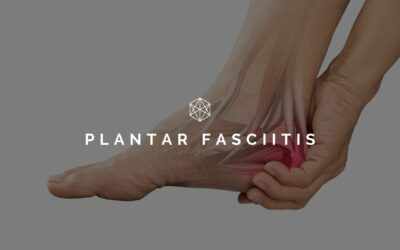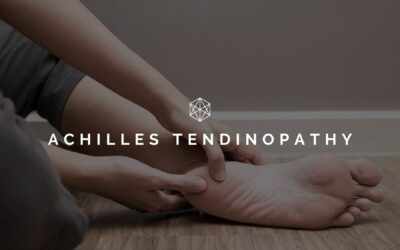Today we will discuss one cause of lateral knee pain that is common in runners; Ilio-tibial Band friction syndrome (ITBFS).
About the Ilio Tibial Band
The ITB is a thick band of tissue overlying the muscles on the outside of the thigh. It stretches from the outside of the hip to just below the knee and helps to stabilise the knee, particularly during running.
In bending and straightening the knee it passes from behind the lateral femoral condyle to in front. When there is increased stress through this tissue, the repeated friction caused as it passes over the condyle can lead to lateral knee pain. The ache that develops often appears at the same distance during subsequent runs and can limit an athlete’s ability to increase their distance. Longer runs or courses with a lot of downhill sections tend to aggravate symptoms.
About Ilio-tibial Band friction Syndrome (ITBFS)
ITBFS may be due to inappropriate training or abnormal biomechanics. Inappropriate training ranges from progressing your distance too quickly to running on steep downhill or uphill courses.
Biomechanically, excessive pronation (inward rolling of the arches of the feet) can lead to increased stress through the ITB, this can be reduced by making sure you have good supportive footwear (ideally running specific). Poor hip control/stability and weak gluteal muscles can also lead to increased tension which exacerbates the friction caused at the outside of the knee.
Prevention
In a lot of cases it is the end result of doing too much too soon! This is especially true for people who are new to running or are returning from a long break in training. See the training link on the website for a guide on how to increase your mileage safely. As with any physical activity regular stretching can help reduce the stresses around the joint. Stretching of the hips and thighs in particular can help reduce the friction at the ITB.
Treatment
Initially it is essential to reduce any inflammation around the area with regular icing or simple anti-inflammatories, if indicated. Your Chartered Physiotherapist will work to restore normal length in the tight muscle groups in the hip and knee using a variety of manual techniques and by implementing a comprehensive stretching regime.
They will also assess you biomechanically for any lower limb abnormalities that may be causing or exacerbating this condition and may prescribe orthotics for your feet if appropriate. In some cases it may be necessary to assess your running technique to try to pin-point faulty technique or give you a targeted exercise protocol to address any weaknesses that may affect the hip and knee.
In any case, by gradually increasing your training schedule, regularly stretching all muscle groups and working on hip and core muscle strengthening exercises you can prevent this common problem from affecting your running.
If you are experiencing any lateral knee pain or have any questions please contact us.

